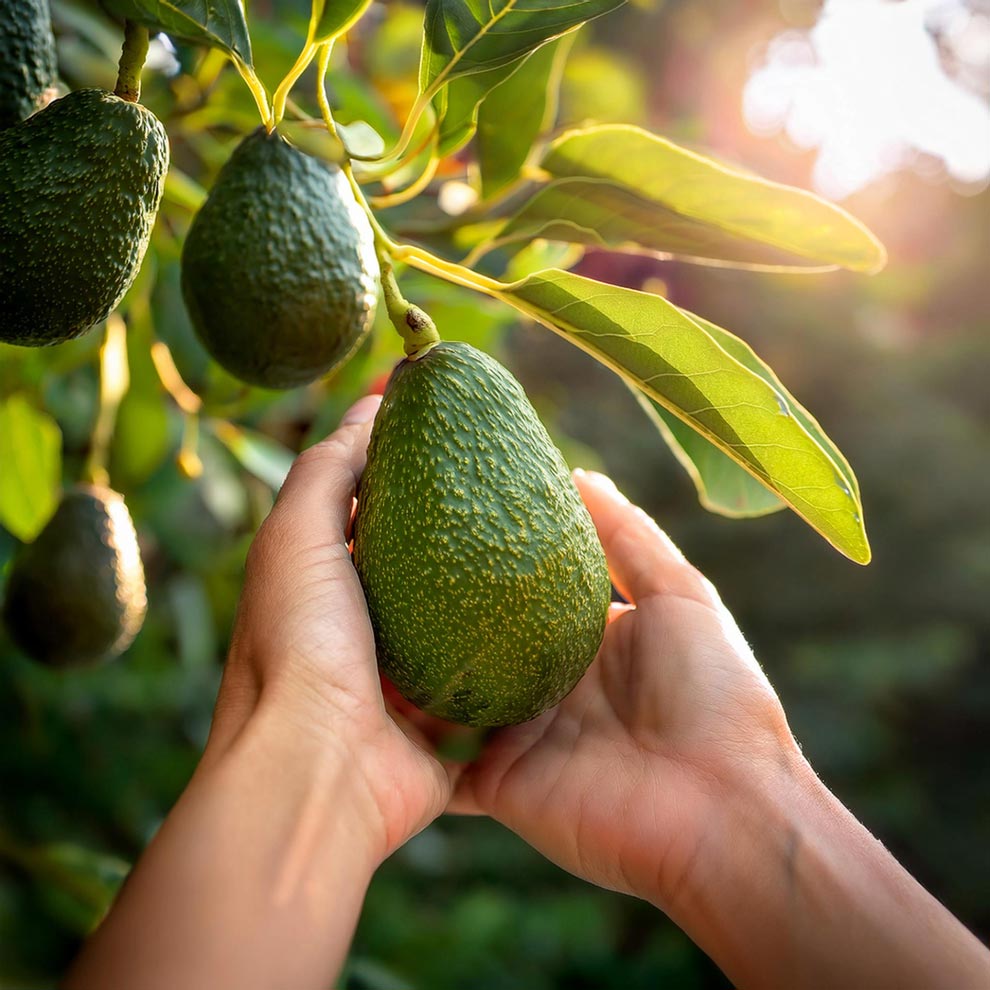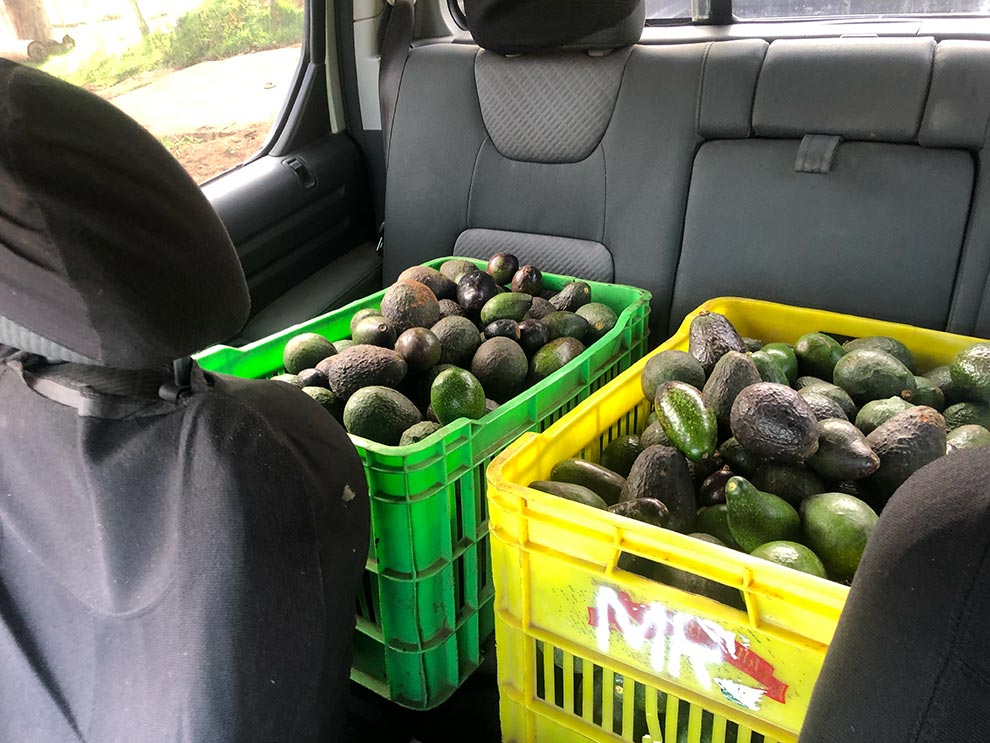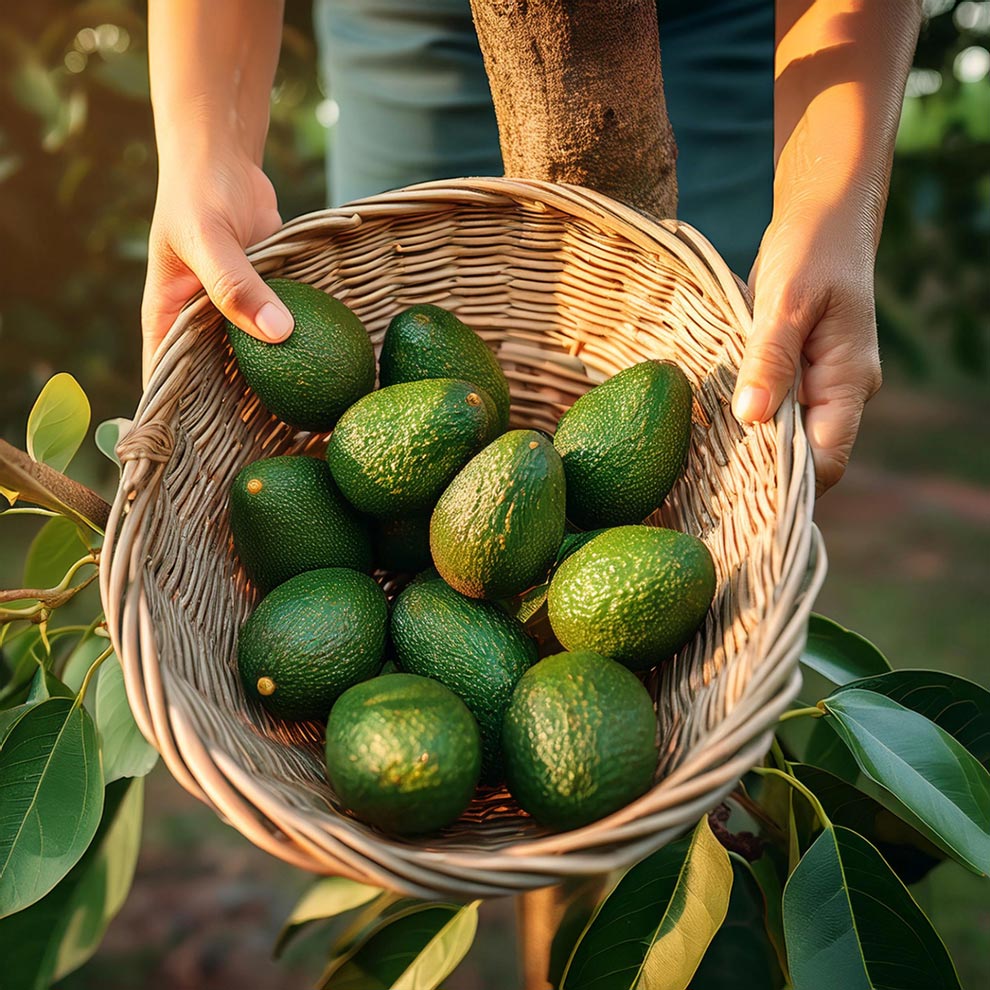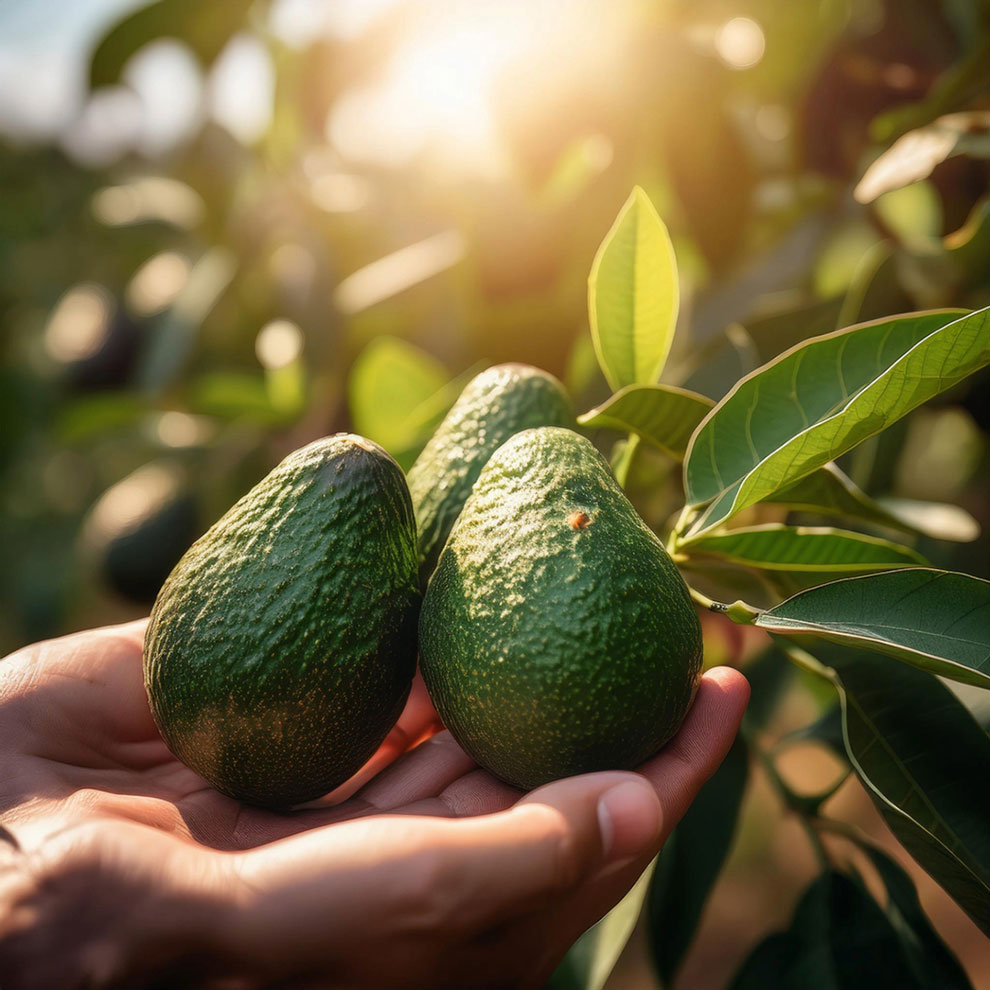Avocados are a beloved fruit for their creamy texture, rich flavor, and numerous health benefits. Whether you’re growing them for personal consumption or commercial use, the key to producing the perfect avocado lies in the harvest. Timing is crucial to ensure you get the best texture, flavor, and shelf life from each fruit. In this post, we’ll explore everything you need to know about harvesting avocados, from determining the right time to pick them, to understanding how growing conditions impact avocado consumption.
1. Understanding Avocado Growth
Avocados are unique fruits because they don’t ripen on the tree. Once mature, they must be harvested before they begin the ripening process. Avocado trees typically bear fruit once a year, with the season varying depending on the variety and growing region. For example, the popular Hass avocado is usually harvested from spring to early fall, while other varieties may have different seasons.
The length of time it takes for an avocado to reach maturity can vary significantly. It can take anywhere from 6 to 18 months from flowering to harvesting, depending on the climate and the avocado variety.
Key factors influencing avocado growth:
- Climate: Avocados thrive in warm, temperate climates.
- Watering: Proper irrigation is essential for healthy avocado trees.
- Soil quality: Avocado trees prefer well-draining, loamy soil.
2. Signs That an Avocado is Ready for Harvest
Since avocados don’t ripen on the tree, it’s essential to recognize the signs that indicate when the fruit is mature enough to be picked. Harvesting avocados too early can result in a fruit that never properly ripens or lacks flavor. On the other hand, harvesting too late can lead to over-maturity, impacting the avocado’s taste and texture.
Here are key indicators that your avocados are ready for harvest:
a. Size and Shape
- Avocado size is one of the most straightforward ways to determine maturity. Each avocado variety has a specific size range. For instance, Hass avocados typically reach a length of 3 to 6 inches. Be sure to consult the expected size for your particular variety.
- The shape can also give you a clue. Hass avocados, for example, become pear-shaped when mature.
b. Color Changes
- Many avocado varieties change color when they reach maturity. The Hass avocado is a prime example—it turns from green to dark purple or black. However, some varieties, like the Fuerte, remain green even when mature, so color may not always be a reliable indicator.
c. Stem Check
- Another technique is the stem test. Avocados ready for harvest will separate from the tree with a gentle twist, leaving the stem attached to the fruit. If the stem doesn’t detach easily, it may be too soon to harvest.
d. Oil Content
- As avocados mature, their oil content increases. For commercial growers, measuring the oil content is a reliable method of determining maturity. A general rule of thumb is that an avocado should have at least 20% oil content to be harvested.

3. Harvesting Techniques for Optimal Avocado Quality
Once you’ve determined that your avocados are ready for harvest, it’s time to pick them. Here are the steps for harvesting avocados correctly:
a. Harvesting Tools
- The best tool for harvesting avocados is a pole pruner with a basket attachment. The basket catches the fruit, preventing it from falling to the ground, which can cause bruising.
- For home gardeners with shorter trees, hand-picking can also be effective, but be gentle to avoid damaging the fruit.
b. Gentle Picking
- Avocados are sensitive, so handle them carefully during harvest. Firmly grasp the fruit and use a twisting motion to detach it from the tree. If using a pole pruner, make sure the avocado falls into the basket without impact.
c. Avoid Dropping
- Even minor drops can cause bruising that isn’t immediately visible but leads to quicker spoilage. For commercial growers, padded baskets are often used to prevent damage.
d. Handling Post-Harvest
- After picking, avocados should be stored at cool temperatures to extend shelf life. For longer storage, avocados are often refrigerated just above freezing temperatures to prevent premature ripening.
4. Ripening Avocados After Harvest
Because avocados ripen off the tree, knowing how to manage the ripening process is essential, especially for commercial distribution or for planning avocado consumption at home.
a. Room Temperature Ripening
- To ripen avocados after harvest, place them in a brown paper bag at room temperature. Adding an apple or banana to the bag will speed up the process due to the ethylene gas they produce.
b. Cold Storage to Delay Ripening
- For commercial growers, avocados are typically stored at temperatures between 41°F to 46°F to delay ripening. They can be stored for weeks at these temperatures without significant quality loss.
c. Accelerating Ripening for Immediate Use
- If you need an avocado to ripen quickly, leave it out on the counter for a few days. Check for ripeness by gently pressing the fruit—it should give slightly without being mushy.
5. Harvesting Avocados for Commercial Use
Commercial avocado farming requires careful planning to maximize yield and ensure fruit quality. Harvest timing is crucial not just for the immediate market but also for ensuring that the trees remain healthy for the next growing season.
a. Synchronized Harvesting
- In commercial farms, harvesting is typically synchronized to coincide with market demand. Avocados picked for commercial purposes must meet specific size and quality requirements, ensuring consistency for consumers.
b. Post-Harvest Processing
- After avocados are harvested, they are often sorted by size, color, and quality. Lower-grade avocados may be used for products like guacamole, while higher-grade fruits are sold fresh.

6. The Importance of Timing for Optimal Flavor and Nutrition
Timing the harvest is crucial for maximizing the nutritional content of avocados. Harvesting too early or too late can negatively impact the fruit’s health benefits.
a. Nutritional Value of Avocados
- Avocados are packed with healthy fats, particularly monounsaturated fats, which are beneficial for heart health. They are also rich in fiber, vitamins, and antioxidants.
- Studies have shown that the nutritional content of avocados peaks when the fruit is harvested at the right time. For example, the oil content increases as the fruit matures, which enhances the avocado’s health benefits.
b. Impact on Flavor
- If harvested too early, avocados can be watery and lack flavor. On the other hand, over-mature avocados may become too oily or develop an off-flavor.
7. Challenges in Harvesting Avocados
Harvesting avocados is not without its challenges, particularly in large-scale operations. Some of the common obstacles include:
a. Labor-Intensive Process
- Harvesting avocados is labor-intensive, especially since it requires careful handling to avoid bruising. In areas with labor shortages, this can be a significant challenge for growers.
b. Weather Impact
- Weather conditions can also affect avocado harvests. Heavy rain can make it difficult to access trees, while extreme heat can cause fruit to ripen too quickly, leading to quality issues.
c. Market Fluctuations
- The avocado market is highly volatile, with prices fluctuating based on supply and demand. Growers need to carefully plan their harvests to take advantage of peak pricing periods.
8. Conclusion: Timing is Everything
Harvesting avocados requires careful attention to timing, as it is the key to ensuring the fruit’s quality, flavor, and nutritional benefits. Whether you’re growing avocados at home or managing a large commercial operation, understanding the signs of maturity, using the right harvesting techniques, and properly managing post-harvest ripening will help you get the best results. By mastering the art of avocado harvesting, you’ll be able to enjoy this versatile and nutritious fruit at its peak, whether in salads, dips, or on its own.
References
- USDA National Agricultural Statistics Service. Avocado Production Statistics
- University of California Agriculture and Natural Resources. Growing Avocados: Best Practices for Commercial Farming
- International Journal of Agronomy. Water Management Techniques in Avocado Farming
- Journal of Agricultural and Food Chemistry. Nutritional Composition of Avocado Varieties
- Fair Trade International. Ethical Farming Practices in the Avocado Industry



